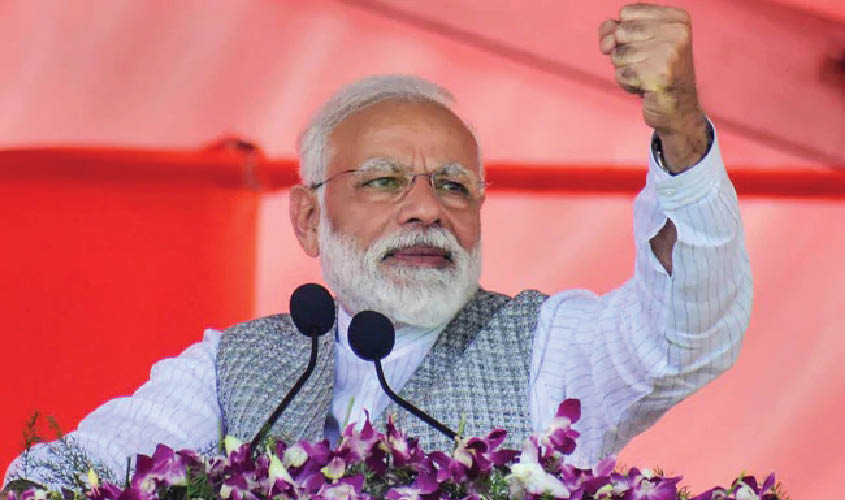The biggest democratic election in the history of the world has concluded, and Prime Minister Narendra Damodardas Modi has been given a second five-year term by voters. Since the time when Jawaharlal Nehru, riding on the aura of Mahatma Gandhi, whose chosen candidate for the most important job in India he was, ruled hearts across the country for about fifteen years before the 1962 war with China created waves of disillusionment with his performance in office. Before that, Nehru was given a sheaf of blank cheques on policy by the people of India. Although much of his party wanted to nourish a strong private sector, especially C. Rajagopalachari and Sardar Patel, the first Prime Minister of the Republic of India moved the country in the same direction the Soviet Union had taken after 1917. The “commanding heights” of the economy were reserved for the public sector, and as a consequence, Korean and Japanese companies (not to mention several others) rapidly outstripped their Indian peers as a consequence of the severe constraints that were placed on their growth. Indeed, under the Industrial Development and Regulation Act enacted by his daughter Indira Gandhi, it became a criminal act for a company to produce beyond its registered capacity. Efficiency and the economies of scale created by size became taboo. Small wonder that India became known for products such as the Hindustan Motors Ambassador, a copy of a UK car that had lapsed into unpopularity in its home country. All that changed in the Mark II model seemed to be the grille, while there was a saying that the only part of many cars that did not make any noise was the horn. Taxes rose and rose and rose, touching a marginal rate of 97%, again under Indira Gandhi, who chose a youthful and very loyal and socialistic Pranab Mukherjee to be her Finance Minister. Economist Raj Krishna termed the growth rate under the years of Nehruvian economic policies as the “Hindu Rate of Growth” (of about 2%), but it should more properly have been called the “Nehru Rate of Growth”. In foreign policy, Nehru took an idealistic stance, refusing for example to accept the offer of the Ranas to secede to India, or the Sultan of Oman to take control of Gwadar, or the US offer to replace China with India as a permanent member of the UN Security Council. Later, the Soviet Union suggested that a sixth permanent UNSC seat could be decided upon, that could get filled by India. Again, the offer was turned down. Although more than 270, 000 Hindus were killed by mobs in East Pakistan throughout 1951, Nehru chose to keep silent, so as to avoid provoking the anger of the genocidal leadership of Pakistan.
Despite such a legacy, history books almost glow in the dark with chapters on the genius of Nehru and his successor’s successor, Indira Gandhi. Roads, bridges, schools, colleges, hospitals and multiple other structures and institutions are named after the family. It is therefore small wonder that there may be a sense of entitlement and privilege in some of the descendants of Motilal Nehru, who ensured (again through the Mahatma) that Jawaharlal took over as All India Congress Committee President. Neither Lal Bahadur Shastri or P.V. Narasimha Rao were blind followers of Nehruvian policies

